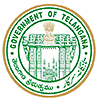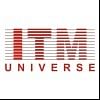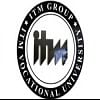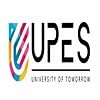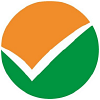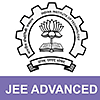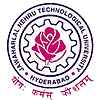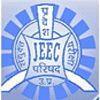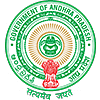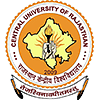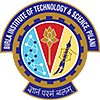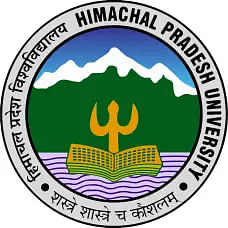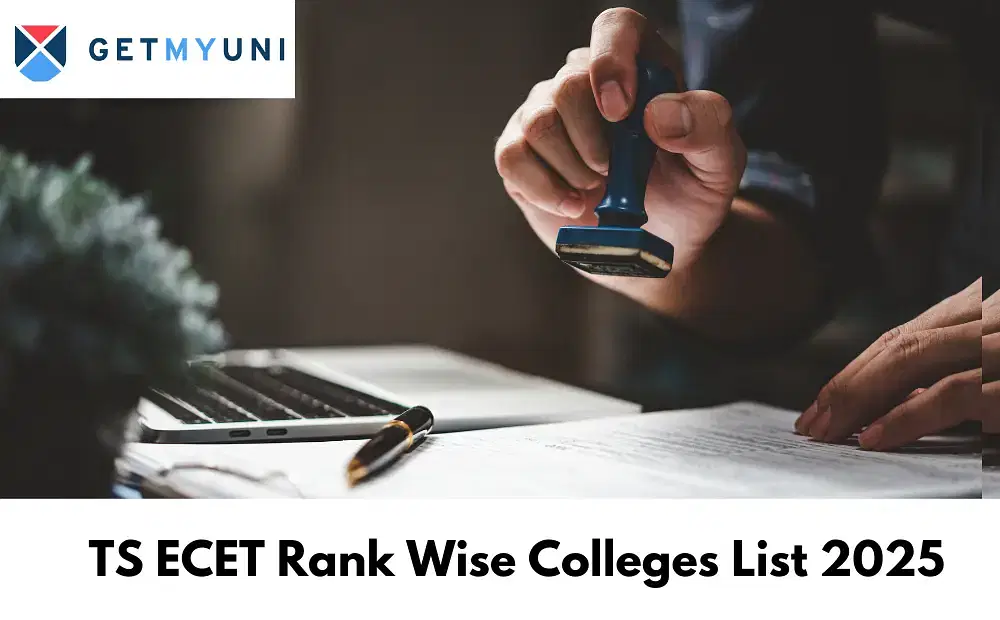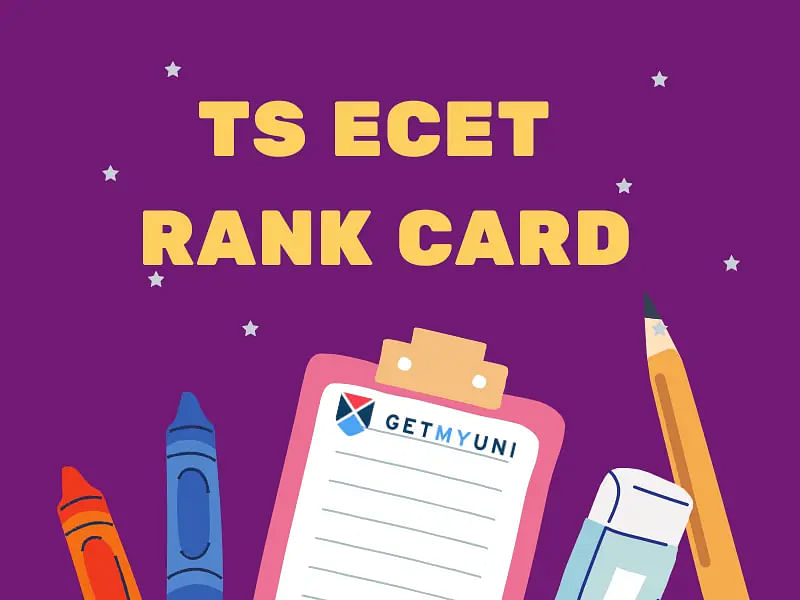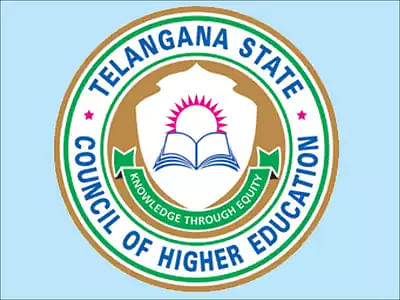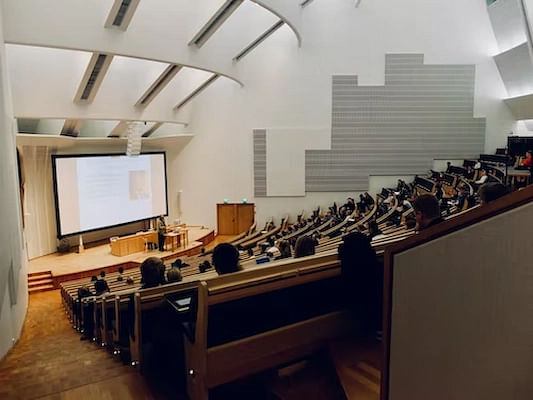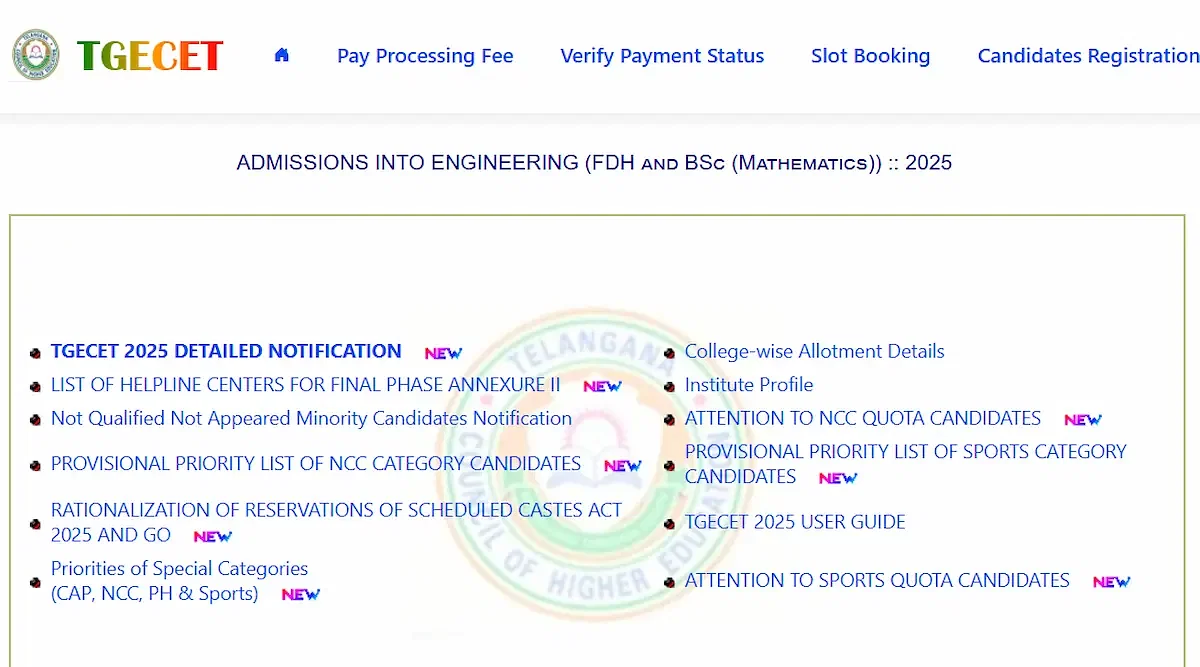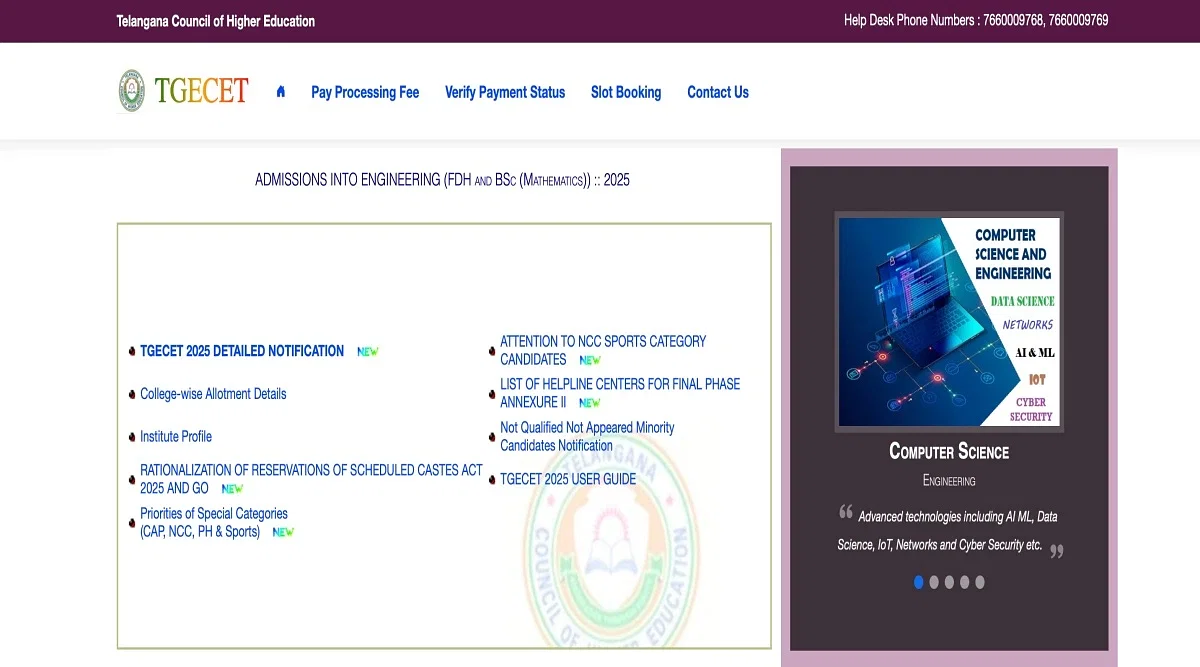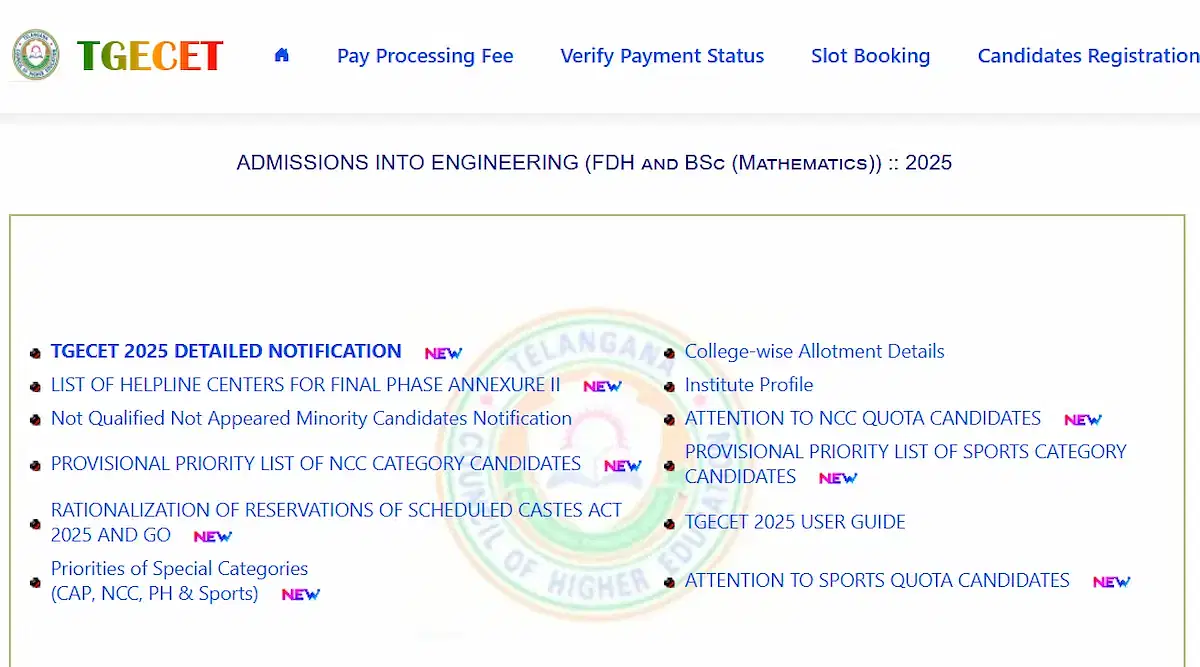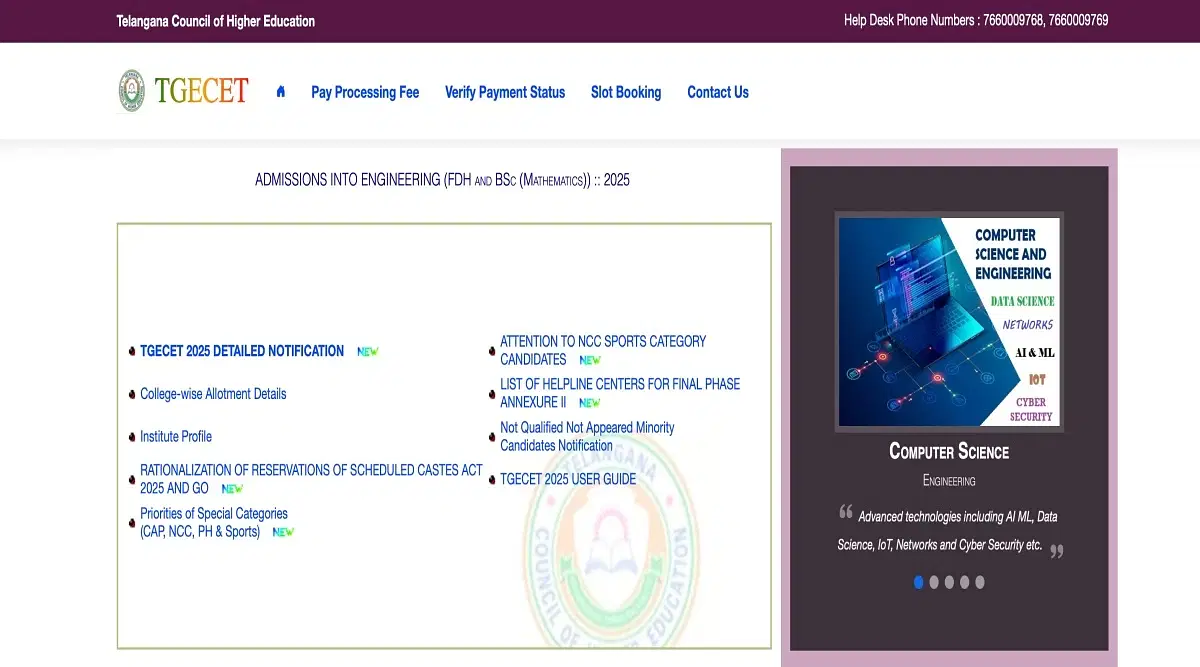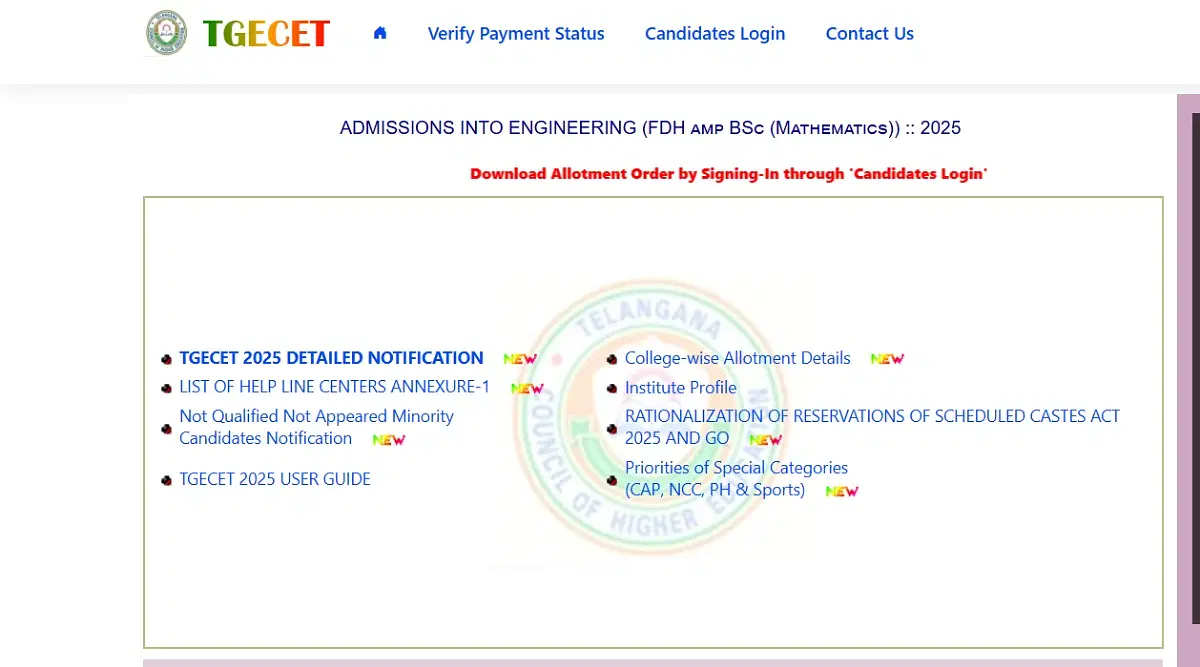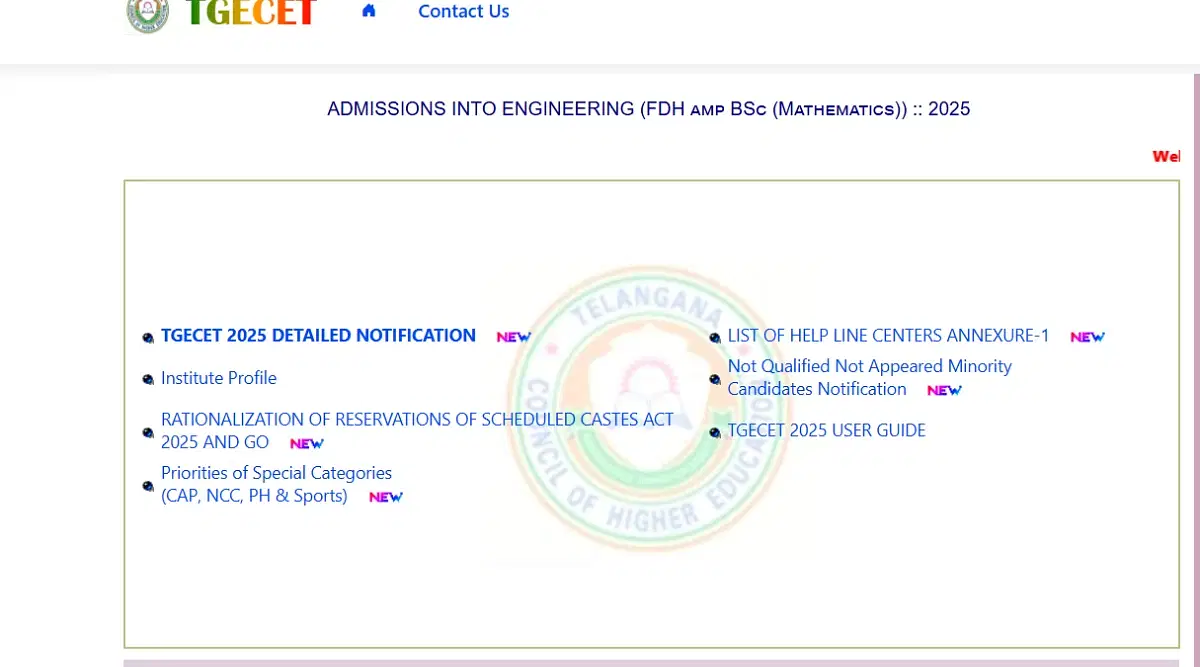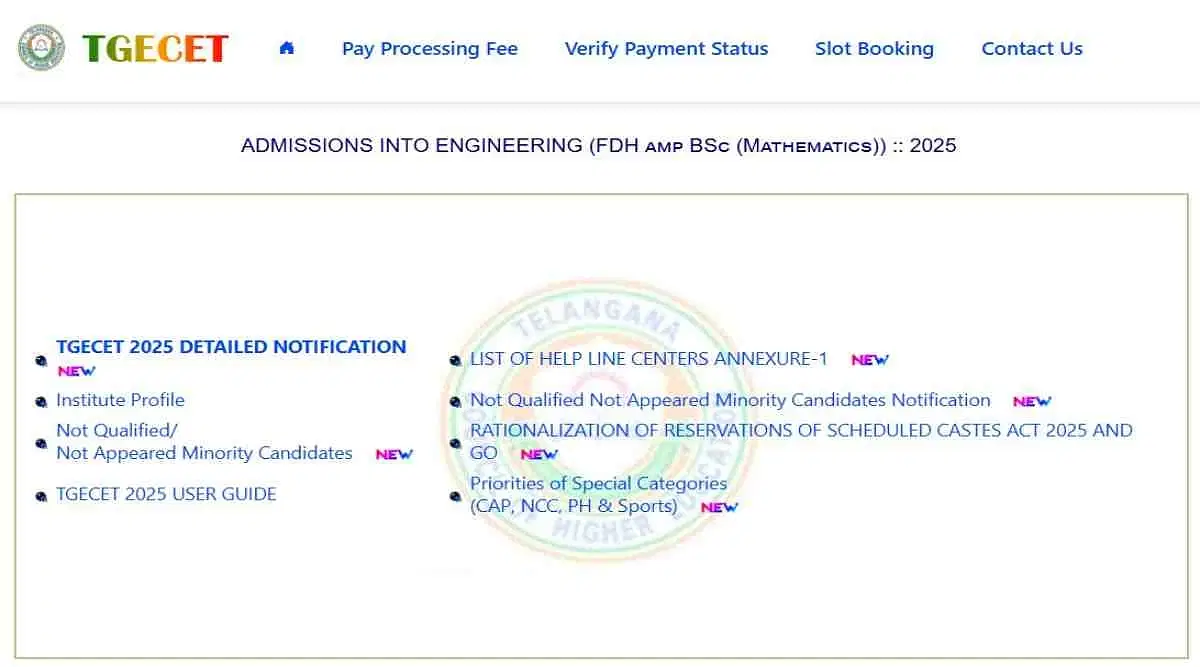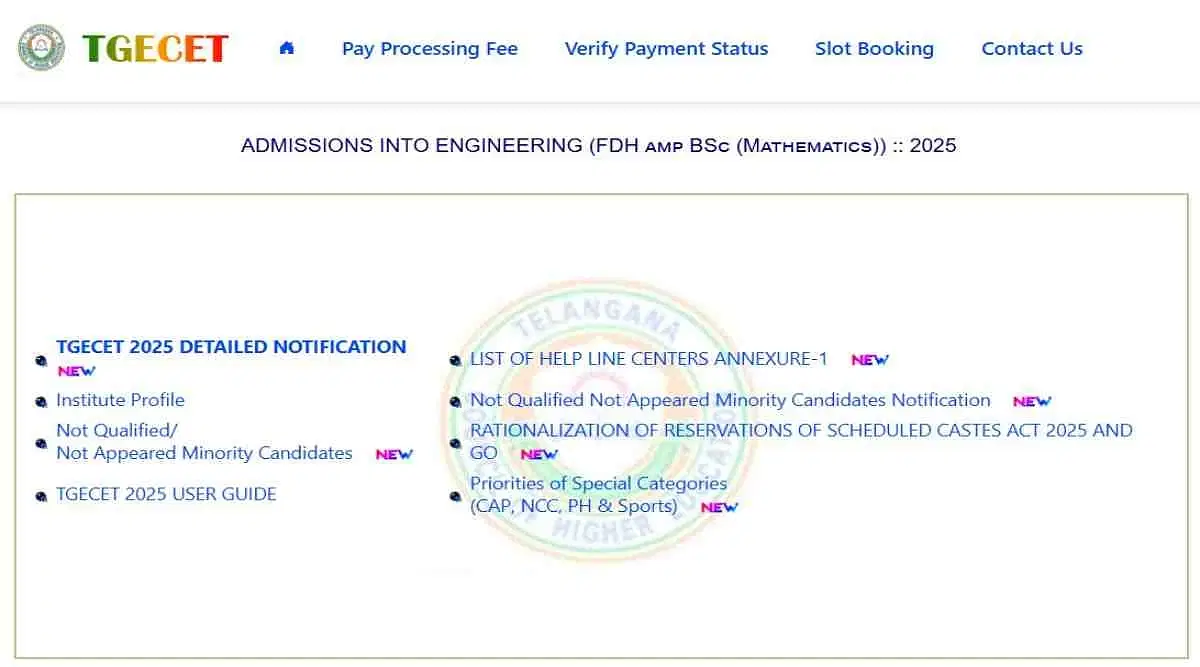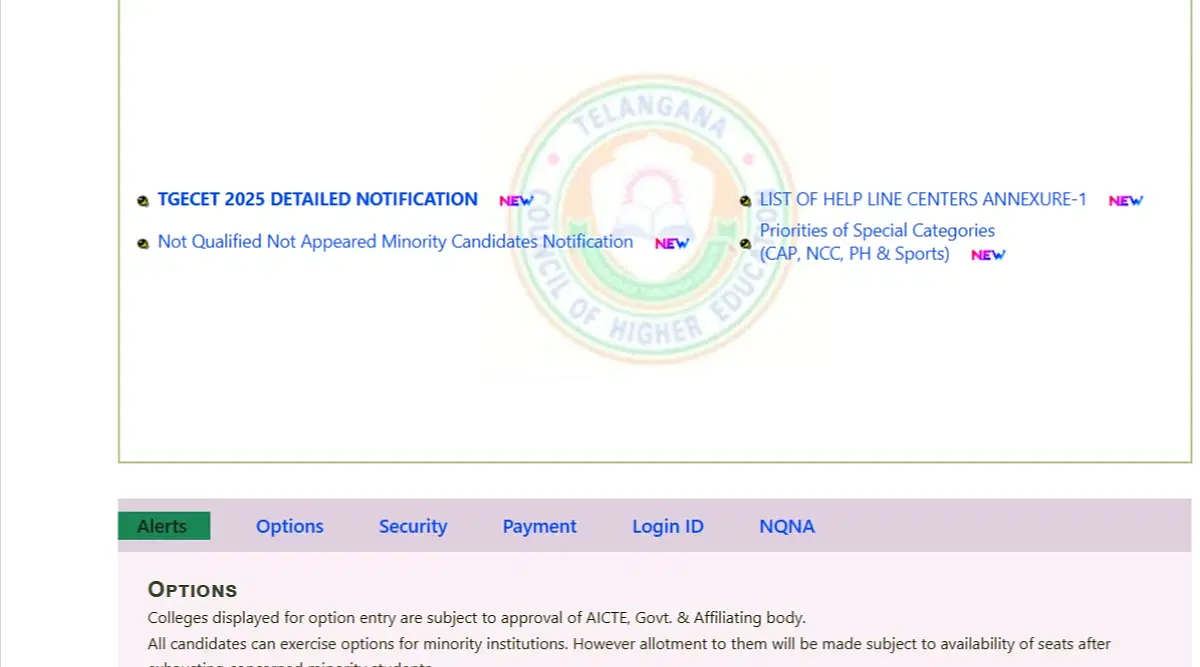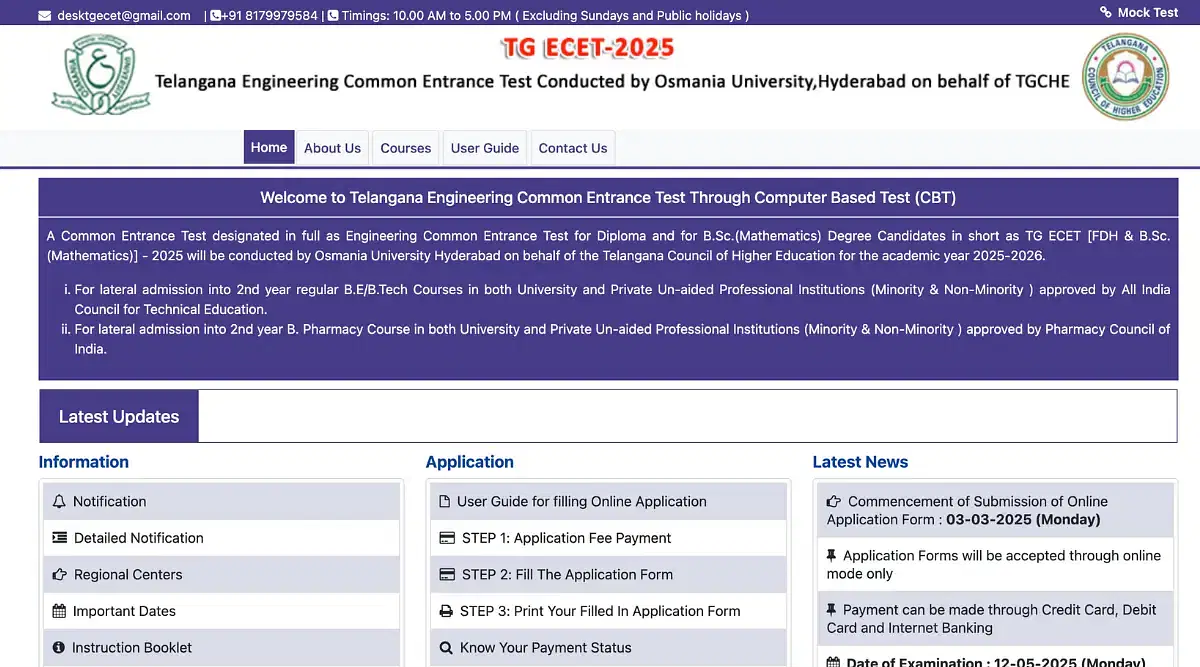
Table of Contents
TS ECET syllabus 2024 is prepared and announced by Osmania University authorities on the official website i.e, ecet.tsche.ac.in. TS ECET syllabus consists of various BE/B.Tech and B.Pharma topics to study for the exam. Candidates must go through the syllabus to understand the different topics and concepts for various subjects.
In addition, candidates will also get an overview of the distribution of questions and their types by going through the TS ECET 2024 syllabus.
Know More: TS ECET Exam Pattern 2024
Read More: TS ECET Preparation 2024
TS ECET Syllabus 2024 Highlights
TS ECET syllabus 2024 willl be decided by Osmania University. There will be different topics for different subjects which are listed below.
- Diploma: Mathematics, Physics, Chemistry, Engineering Paper (Civil / Electrical & Electronics / Mechanical / Electronics & Communication /Computer Science / Chemical / Metallurgical / Mining / Electronics & Instrumentation / Bio-Technology.
- B.Sc Mathematics: Mathematics, Analytical Ability, and Communicative English.
- Pharmacy: Pharmaceutics, Pharmaceutical Chemistry, Pharmacognosy, and Pharmacology.
Preparation: Students must make sure that they follow the correct syllabus referred by the authority to prepare well for the Telangana State Engineering Common Entrance Test.
Course-Wise TS ECET Syllabus 2024
The course-wise TS ECET 2024 syllabus has been tabulated below. Candidates applying for different courses can refer to the appropriate courses.
| Course | Topics |
|---|---|
| Mechanical Engineering | Automobile Engineering. |
| Thermodynamics | |
| Engineering Materials & Solid Mechanics. | |
| Refrigeration | |
| Steam Boilers, Turbines & Nozzles. | |
| Workshop Technology. | |
| Design of Machine Elements. | |
| Industrial Management and Engineering | |
| Welding, Forging, Foundry and Conventions in drawing. | |
| Hydraulic Machines and Pneumatics. | |
| EEE | Basic Electrical Engineering. |
| C And D.C Machines. | |
| Batteries & Measuring Instruments. | |
| C. Circuits And Transformers. | |
| Power System Generation & Protection | |
| MicroController | |
| Basic Electronics and Digital Electronics | |
| Power Electronics | |
| Electric Traction. | |
| Electrical Estimation. | |
| ECE | Microcontrollers and Microprocessors. |
| Audio Video Systems. | |
| Electronic Measuring Instruments. | |
| Circuit Theory. | |
| Electronic Devices and Circuits. | |
| Digital Electronics. | |
| Industrial and Power Electronics. | |
| Communication Systems. | |
| Advanced Communication Systems. | |
| Data Communications and Computer Networks. | |
| CSE | Java Programming |
| Object-Oriented Programming Through C++ | |
| Digital Electronics & Microprocessors | |
| Operating Systems. | |
| RDBMS | |
| C and Data Structures. | |
| Computer Networks & Organization | |
| Internet Programming. | |
| Ceramic Technology | Enamels and Glazes. |
| Glass Technology. | |
| Fuels, Furnaces & Pyrometry. | |
| Geology and Mineralogy of Ceramic Raw Materials. | |
| Advanced Ceramics. | |
| Cement Technology. | |
| White Ware & Heavy Clay Ware. | |
| Chemical Engineering | Heat Transfer |
| Chemical process principles. | |
| Instrumentation & Process Control. | |
| Inorganic Chemical Technology. | |
| Organic Chemical Technology. | |
| Material Technology. | |
| Energy Technology & Plant Operation. | |
| Fluid mechanics. | |
| Mechanical unit operations. | |
| Environmental Studies and Pollution Control Engineering. | |
| Mass Transfer | |
| Thermodynamics and Reaction Engineering. | |
| Metallurgical Engineering | Elementary Principles of Metallurgy. |
| Fuels, Refractories, and Pyrometry | |
| Mechanical Metallurgy | |
| Metallurgical Thermodynamics | |
| Welding Technology | |
| Material Testing | |
| Physical Metallurgy | |
| Non-Ferrous Extractive Metallurgy | |
| Heat Treatment Technology | |
| Ferrous Extractive Metallurgy | |
| Foundry Technology | |
| Mining Engineering | Mining Geology |
| Methods of Working – Coal | |
| Methods of Working Metal | |
| Mine Environmental Engineering – 1 | |
| Mine Surveying | |
| Elements of Mining | |
| Mine Environmental Engineering – 2 | |
| Mining Legislation and Mine Management | |
| The Mining Machinery – 1 | |
| Mining Machinery – 2 | |
| Bio-Technology | Bio-Physics. |
| Genetics and Cell Biology | |
| Plant Bio-Technology | |
| Enzyme Engineering | |
| Basic Industrial Biotechnology | |
| Bio-Reactor Engineering | |
| Molecular Biology – Genetic Engineering. | |
| Microbiology | |
| Bio-Bioinformatics | |
| Animal Bio-Technology | |
| Electronics and Instrumentation | Electrical Engineering |
| Industrial electronics and control engineering. | |
| Communications and Linear IC Applications. | |
| Digital Electronics | |
| Electronic Measuring Instruments. | |
| Electronics | |
| Process Instrumentation | |
| Process Control | |
| Analytical and Biomedical instrumentation. | |
| Micro controller & PLCs |
TS ECET 2024 Syllabus PDF Downloads
Candidate can download the PDF files of the detailed TS ECET 2024 syllabus can click on the link shared below.
| TS ECET Syllabus PDF Download Link | ||
|---|---|---|
| B.Sc. (Mathematics) | Mining Engineering | |
| Computer Science and Engineering | Pharmacy | |
| Electrical and Electronics Engineering | Chemical Engineering | |
| Mechanical Engineering | Electronics and Communication Engineering | - |
Subject-Wise TS ECET 2024 Syllabus
The subject-wise TS ECET 2024 syllabus can be found below. All candidates preparing for the exam must have proper knowledge of the syllabus. Additionally, candidates can download the course-wise syllabus pdf shared above.
TS ECET 2024 Mathematics Syllabus
- Unit - I: Differential Equations of First Order and First Degree: Linear Differential Equations; Differential Equations Reducible to Linear Form; Exact Differential Equations; Integrating Factors; Change of Variables. Differential Equations of the First Order but not of the First Degree: Equations Solvable for p; Equations Solvable for y, Equations Solvable for x; Equations that do not Contain x (or y); Equations Homogeneous in x and y; Equations of the First Degree in x and y; Clairaut‘s Equation.
- Unit - II: Higher-Order Linear Differential Equations: Solution of Homogeneous Linear Differential Equations of Order n with Constant Coefficients. The solution of the Non-homogeneous Linear Differential Equations with Constant Coefficients by means of Polynomial Operators. (i)When Q(x) = bxk and P(D) = D - a0, a0 ≠ 0 (ii)When Q(x) =bxk and P(D) = ao D n + a1 D n-1 + … + an (iii)When Q(x) = e ax (iv)When Q(x) = b sin ax or bcos ax (v)When Q(x) = eax V where V is a function of x. (vi)When Q(x) = xV Where V is any function x.
- Unit – III: Binary Operations: Definition and Properties, Tables. Groups: Definition and Elementary Properties; Finite Groups and Group Tables. Subgroups: Subgroups; Cyclic Subgroups Permutations: Functions and Permutations; Groups of Permutations, Cycles and Cyclic Notation, Even and Odd Permutations, The Alternating Groups Cyclic Groups: Elementary Properties, The Classification of Cyclic Groups, Subgroups of Finite Cyclic Groups Isomorphism: Definition and Elementary Properties, How to show that groups are Isomorphic, How to show that Groups are Not Isomorphic, Cayley‘s Theorem. Groups of Cosets: Cosets, Applications, Lagrange's Theorem, Normalizer of an element of a group Normal Subgroups and Factor Groups: Criteria for the Existence of a Coset Group; Inner Automorphisms and Normal Subgroups; Factor Groups; Simple Groups Homomorphisms: Definition and Elementary Properties; The Fundamental Theorem on Homomorphism of groups; Applications.
- Unit - IV: Vector Differentiation: Differential Operator, Gradient, Divergence, Curl Vector Integration: Theorems of Gauss, Green and Stokes and Problems related to them.
- Unit - V: The Plane: Every equation of the first degree in x, y, z represents a plane, Converse of the preceding Theorem; Transformation to the normal form, Determination of a plane under given conditions.
- Equation of a plane in terms of its intercepts on the axes.
- Equations of the plane through three given points. Systems of planes; Two sides of a plane; Length of the perpendicular from a given point to a given plane; Bisectors of angles between two planes; Joint equation of two planes; TS ECET Orthogonal projection on a plane; Volume of a tetrahedron in terms of the coordinates of its vertices; Equations of a line; Right Line; Angle between a line and a plane; The condition that a given line may lie in a given plane; The condition that two given lines are coplanar, The shortest distance between two lines. The length and equations of the line of the shortest distance between two straight lines; Length of the perpendicular from a given point to a given line; Intersection of three planes; Triangular Prism. The Sphere: Definition and equation of the sphere; Equation of the Sphere through four given points; Plane sections of a sphere. The intersection of two spheres; Equation of a circle. Sphere through a given circle; Intersection of a sphere and a line. Power of a point; Tangent plane. Plane of contact. Polar plane. The angle of intersection of two spheres. Conditions of two spheres.Conditions for two spheres to be orthogonal; Radical plane, a coaxial system of spheres; Simplified form of the equation of two spheres.
- Unit - VI: The Real Numbers: The algebraic and Order Properties of R; Absolute Value and Real Line; The Completeness Property of R; Applications of the Supremum Property; Intervals. Sequences and Series: Sequences and their Limits; Limits Theorems; Monotone Sequences; Subsequences and the Bolzano - Weierstrass Theorem; The Cauchy Criterion; Properly Divergent Sequences. Infinite series: Introduction to series, Absolute convergence, Test for absolute convergence, test for non-absolute convergence. Limits: Limits of Functions, Limits Theorems, Some Extensions of the Limit Concept. Continuous Functions: Continuous Functions, Combinations of Continuous Functions; Continuous Functions on Intervals, Uniform Continuity, Definition, Non-Uniform Continuity Criteria, Uniform Continuity Theorem.
- Unit - VII: Differentiation: The derivative, The Mean Value Theorem, L‘Hospital Rules, Taylor‘s Theorem. The Riemann Integral: The Riemann Integral, Riemann Integrable Functions, the Fundamental Theorem.
- Unit - VIII: Rings: Definition and Basic Properties, Fields. Integral Domains: Divisors of zero and cancellation laws, Integral domains, The Characteristic of a Ring, Some Non-Commutative Examples, Matrices over a field, The Quaternions. Sub – Rings, Ideals, Quotient Rings & Euclidean Rings: Ideals, Principal Ideal, Quotient Rings and Euclidean Rings. Homomorphisms of Rings: Definition and Elementary properties, Maximal and Prime Ideals, Prime Fields. Rings of Polynomials: Polynomials in an Indeterminate, The Evaluation Homomorphisms. Factorization of Polynomials over a field: The Division Algorithm in F[x]; Irreducible polynomials, ideal structure in F[x], Uniqueness of Factorization in F[x].
- Unit - IX: Vector Spaces: Vector Spaces, Subspaces, General properties of vector spaces, Algebra of subspaces, the linear combination of vectors. Linear span, the linear sum of two subspaces, Linear Dependence and Linear Independence of vectors, Basis of vector space. Linear Transformation and Matrices: Linear Transformations, Linear operators, Range and null space of linear transformation, Rank and nullity of linear transformations, Linear Transformations as vectors, Product of linear transformations, Invertible linear transformations. Transpose of linear transformations, characteristic values, and characteristic vectors, Cayley – Hamilton theorem, Diagonalizable operators. Inner Product Spaces: Inner Product spaces, Euclidean and unitary spaces, Norm of a vector, Schwartz inequality, Orthogonality, Orthonormal set, complete orthonormal set, Gram – Schmidt orthogonalization process.
TS ECET 2024 Analytical Ability Syllabus
- Data Sufficiency: A question is given followed by data in the form of two statements labelled as I and II. If the data given in I alone is sufficient to answer the question then choice (1) is the correct answer. If the data given in II alone is sufficient to answer the question, then choice (2) is the correct answer. If both I and II put together are sufficient to answer the question by neither statement alone is sufficient, then Choice (3) is the correct answer. If both I and II put together are not sufficient to answer the question and additional data is needed, then choice (4) is the correct answer.
- Sequences and Series: Analogies of numbers and alphabets completion of blank spaces following the pattern in A: b:: C:d relationship odd thing out; Missing number in a sequence or a series.
- Data Analysis: The data are given in a Table, Graph, Bar Diagram, Pie Chart, Venn diagram or passage is to be analyzed and the questions pertaining to the data are to be answered.
- Coding and Decoding Problems: A code pattern of the English Alphabet is given. A given word or a group of letters are to be coded and decoded based on the given code or codes.
- Date, Time and Arrangement Problems: Calendar problems, Clock Problems, Blood Relationship, Arrivals, Departures, and Schedules; Seating Arrangements, Symbol and Notation Interpretation.
TS ECET 2024 Communicative English Syllabus
- Vocabulary
- Antonyms
- Synonyms
- Single Word Substitute
- Words often confused
- Idioms & Phrasal Verbs
- Grammar
- Tenses
- Prepositions
- Concord
- Active & Passive Voice
- Correction of Sentences
- Spelling
- Reading Comprehension
